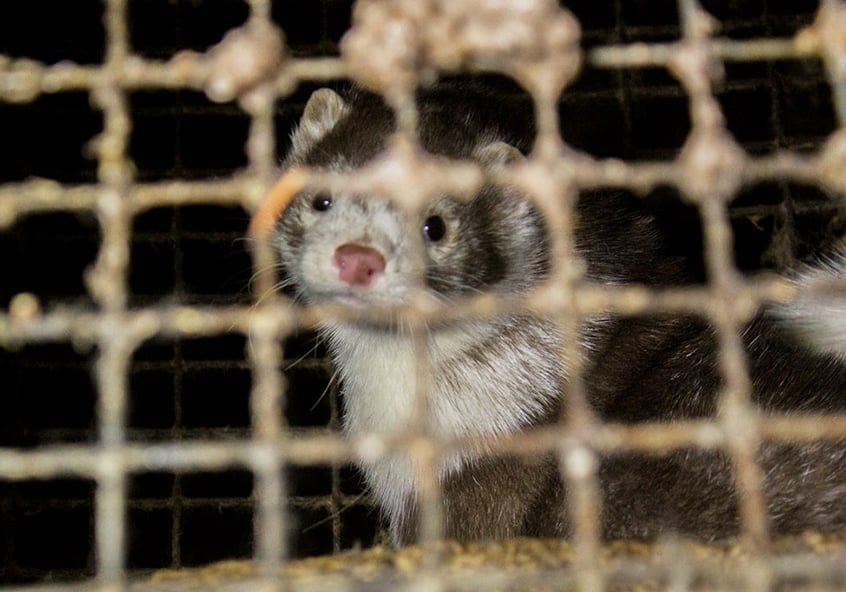Bird flu in mammals – what you need to know
London School of Hygiene & Tropical Medicine https://lshtm.ac.uk/themes/custom/lshtm/images/lshtm-logo-black.png Monday 13 February 2023
Now bird flu (H5N1) has been detected in mammals are we at greater risk of a human pandemic?
No one can predict whether we’re at low risk or high risk of an H5N1 human pandemic at the moment. While H5N1 can infect humans who come into close contact with birds with the disease – for example poultry workers – so far no strain has emerged that sustains transmission between humans in the way that would be needed to create a pandemic.
What we have to do is continue to watch the genetics and for any signs of the disease in humans so that we have advance warning of a virus that might pose a threat to the wider human population.
Do you think global surveillance is good enough to detect the warning signs of a potential H5N1 pandemic?
It’s worth remembering that H5N1 was first identified by routine surveillance, Influenza-like Illness surveillance (ILI), back in 1997. It was first picked up in Hong Kong, where it was associated with human infections linked to birds in livestock markets, and when it was shown not to be seasonal flu virus samples were sent to a laboratory in the Netherlands that identified it as a novel virus.
Overall, I would say human surveillance is good (with ILL) while surveillance in animals is not so good. There’s a hypothesis that past pandemics occurred when pigs or other animals were infected by both a bird flu virus and a human seasonal flu virus, and that these combined into a form that could then infect and be transmitted between humans, what’s known as a reassortment event.
So should we be worried about H5N1 in mink or would detecting H5N1 in pigs be more of a concern?
We only know about these cases in animals because people are looking for it, which in many ways is a good thing and shows surveillance is working.
I think we should continue to look closely at wherever humans are in close contact with animals that may have the disease. Wherever people are working closely with animals we should take precautions, for instance giving workers in close proximity to pigs and poultry the seasonal flu vaccine that makes it less likely that they could pass on a human flu virus to animals that could then combine with a new and potentially dangerous strain and cause a threat to humans.
There are other precautions we might consider taking, such as keeping animals indoors as has already been done in many countries to prevent them from becoming infected with the avian flu virus from wild birds. Then there’s also the question of whether we should vaccinate the animals themselves, at the moment this is expensive but new types of vaccines currently being developed could make veterinary vaccines more affordable.
How easy would it be to create a vaccine for a human-transmissible variant of H5N1?
The good news is there is a vaccine that’s already been developed for H5N1 so production of this could be ramped up, although whether or not it could prevent people catching a version of H5N1 that mutated to transmit between humans we don’t know. But we wouldn’t be starting from scratch.
We also have a host of new vaccine technologies that could be used, such as mRNA vaccines (like the Pfizer-BioNTech and Moderna COVID-19 vaccines), that create a piece of mRNA protein corresponding to a protein found in a virus, and virus-like particles, synthetic particles that resemble a virus and cause an immune response (such as the Gardasil 9 vaccine for Human Papillomavirus (HPV).
The ’holy grail’ would be to produce a vaccine that could protect against all wild bird flu viruses but that’s still some way off.
What would you say to people worried by headlines about H5N1 in mammals?
I think we should consider that we have been living with this virus since 1997. People should be reassured that there are vaccines that could be developed rapidly and antiviral drugs that could be used should a human-transmissible strain emerge.
I would never predict the risk – it is not possible to do with the tools we have today – but we can continue to take sensible precautions. These should focus on where humans might come into contact with infected animals. So, for instance, good surveillance of pigs in abattoirs and giving the seasonal flu vaccine to humans working with pigs to reduce the risks of cross-infection.
Image: Captive mink by Dzīvnieku brīvība via Flickr.
Our postgraduate taught courses provide health practitioners, clinicians, policy-makers, scientists and recent graduates with a world-class qualification in public and global health.
If you are coming to LSHTM to study a distance learning programme (PG Cert, PG Dip, MSc or individual modules) starting in 2024, you may be eligible for a 5% discount on your tuition fees.
These fee reduction schemes are available for a limited time only.